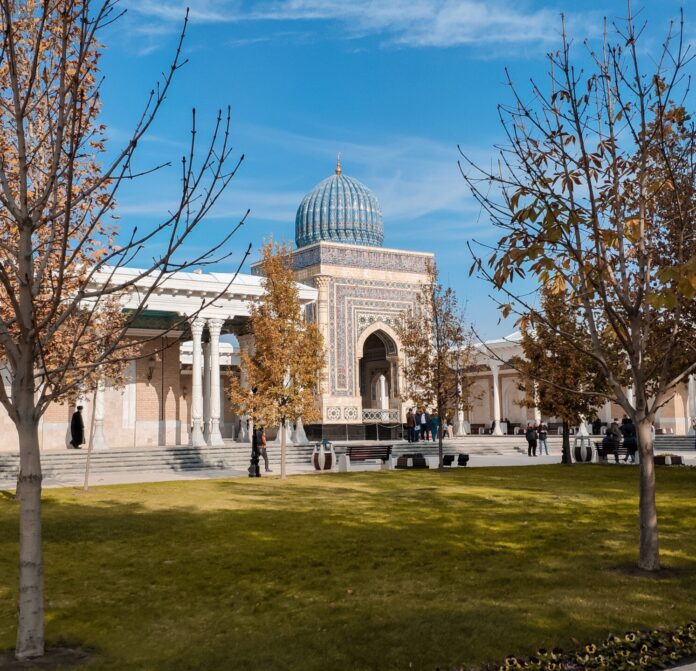Embarking on an archaeological adventure along the Silk Road in Central Asia is like stepping back in time. This ancient trade route, stretching from China to the Mediterranean, was not only a commercial path but also a cultural bridge connecting the East and West.
Samarkand
Begin your journey in the fabled city of Samarkand, Uzbekistan. Known for its stunning Islamic architecture, Samarkand thrived as a Silk Road hub. The Registan Square and the mesmerizing Shah-i-Zinda necropolis offer glimpses into its glorious past.
Turkmenistan
Continue to the ruins of Merv in Turkmenistan, once one of the world’s largest cities. Its remnants speak of its role as a major center for trade and knowledge. Explore the ancient walls and mausoleums, feeling the whispers of history.
Kazakhstan
In Kazakhstan, visit the city of Turkestan, home to the breathtaking Khoja Ahmed Yasawi Mausoleum, a UNESCO World Heritage site. This architectural masterpiece symbolizes the cultural and religious significance of the Silk Road.
Don’t miss Kyrgyzstan’s Tash Rabat, a well-preserved caravanserai that sheltered weary travelers and merchants. Nestled in the Tien Shan Mountains, its remote location adds to its mystique.
Traveling the Silk Road is more than an archaeological exploration; it’s a journey through diverse cultures, ancient histories, and stunning landscapes. It’s an experience that leaves you enriched, enlightened, and eager for more discoveries.












